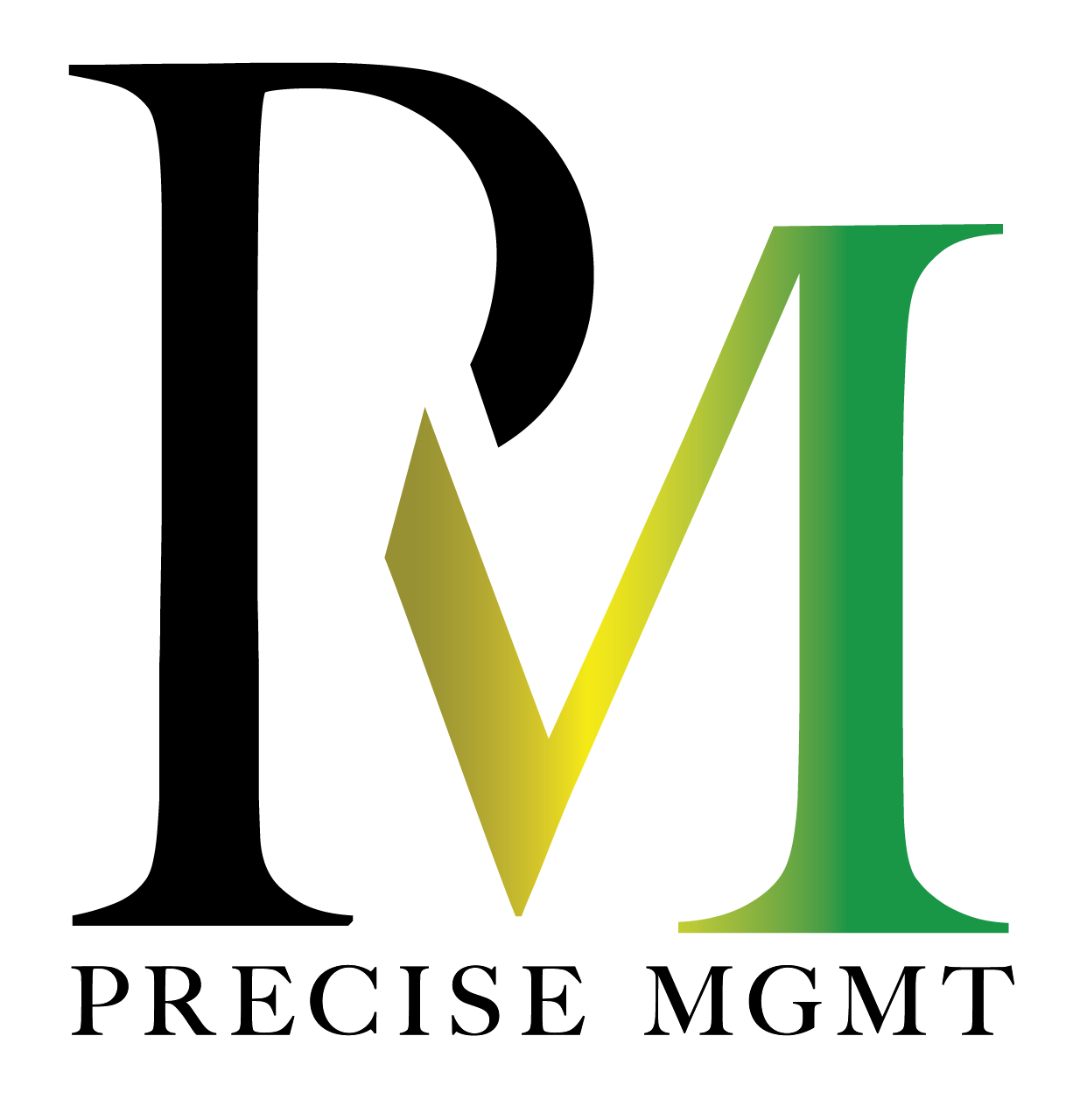
Strategic Financial Planning & Analysis (FP&A) is the backbone of sustainable business growth. Yet, many RIA firms struggle to gauge their financial performance beyond their internal metrics. Without external insight, firms risk making decisions in a vacuum, relying solely on internal data without context on market trends and competitive performance.
Benchmarking provides RIA firms with a comparative view of their performance against industry peers, helping to identify strengths, uncover inefficiencies, and create a roadmap for informed decision-making. The Precise MGMT Peer Benchmarking Tool enhances strategic financial planning by offering a data-driven perspective on financial health, cost management, and operational efficiency. However, data alone is not enough—this is where human expertise plays a crucial role. A Fractional CFO can interpret benchmarking data and translate it into actionable strategies that drive financial stability and growth.
How Benchmarking Can Transform an RIA’s Business Strategy
1. Gaining a Fresh Perspective on Business Performance
When RIAs compare their financial metrics against industry benchmarks, they gain valuable insight into where they excel and where they lag. Key benefits include:
Identifying high-performing areas and understanding what drives that success.
Highlighting underperforming metrics that require attention.
Recognizing industry trends and adapting strategies accordingly.
Without benchmarking, RIAs operate in isolation, limiting their ability to make strategic adjustments that align with broader market conditions.
2. Addressing Fee Compression and Profitability Pressures
The rise of robo-advisors, passive investing, and competitive fee structures has led to downward pressure on traditional AUM-based fees. Many RIAs must provide more services for the same or lower fees, impacting profitability.
✅ Benchmarking Benefit: By tracking fee compression trends, Revenue per Advisor, and Client Acquisition Cost (CAC), RIAs can determine if their pricing structure aligns with industry norms. This data helps firms explore alternative revenue models—such as retainer fees or value-based pricing—to maintain profitability while sustaining client value.
3. Identifying Operational Inefficiencies
Benchmarking reveals inefficiencies that may not be immediately apparent. By comparing financial data with industry peers, firms can:
Detect cost overruns in specific operational areas.
Pinpoint productivity gaps that may be affecting profitability.
Optimize resource allocation to improve efficiency and reduce waste.
For example, if an RIA’s Client Acquisition Cost (CAC) is significantly higher than peers without a corresponding increase in new business, it may signal issues with marketing spend efficiency or sales processes that need adjustment.
4. Managing Cash Flow Volatility Due to AUM Fluctuations
AUM-based revenue models leave many RIAs vulnerable to market downturns. Revenue declines when markets drop, even though client service demands remain constant or increase. Without a robust financial plan, RIAs may struggle to maintain stability during periods of market turbulence.
✅ Benchmarking Benefit: Comparing cash flow trends with peers helps RIAs anticipate revenue fluctuations and build more resilient financial strategies. A Fractional CFO can help firms create predictive models, alternative pricing strategies, and expense management plans to smooth out cash flow volatility and improve financial resilience.
5. Aligning with Best Practices for Growth
Beyond identifying gaps, benchmarking fosters conversations around best practices. Firms can explore:
How industry leaders are achieving higher profitability.
What strategies competitors use to maintain cost efficiency.
Which financial models drive sustainable growth.
By leveraging these insights, RIAs can implement proven strategies to strengthen their financial position and competitive edge.
How the Precise MGMT Peer Benchmarking Tool Supports FP&A
The Precise MGMT Peer Benchmarking Tool provides RIA firms with data-driven insights to enhance financial planning. This tool enables firms to:
✔ Compare key financial metrics like Revenue per Advisor, CAC, and Profit Margins to industry benchmarks. ✔ Analyze operational efficiencies and uncover areas for cost savings. ✔ Improve financial forecasting by setting realistic, market-informed goals. ✔ Identify stagnant growth areas and take proactive measures for improvement. ✔ Enhance financial transparency by ensuring accountability through comparative analysis.
The Competitive Edge of Benchmarking - Why RIAs Need More Than Just Data
One of the biggest advantages of benchmarking is that it prevents RIAs from making financial decisions based on internal assumptions. Instead, firms can validate their strategies with real-world industry data. This reduces risk, enhances operational efficiency, and accelerates growth.
However, data alone is not enough. A Fractional CFO plays a crucial role by: ✔ Interpreting benchmarking data to identify trends and opportunities. ✔ Developing actionable financial strategies tailored to the firm’s unique challenges. ✔ Helping RIAs implement scalable financial planning frameworks to manage growth and volatility effectively.

Comments